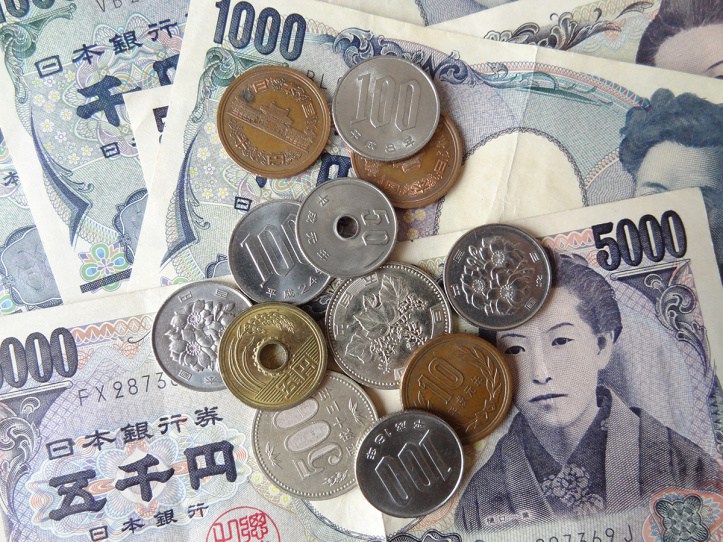The Japanese yen strengthened versus the U.S. dollar on Friday as appetite for riskier assets remained suppressed.
Meanwhile, the euro stayed near two-month low after the European Central Bank failed to convince markets that rates would rise.
The Australian dollar — AUD, often viewed as a gauge of risk appetite, hit a near 33-month low as sentiment in Asian trade weakened.
Thursday’s rebound of U.S. stocks climbed after the previous session’s massive sell-off was not sustained into the Asian day, which lent support to safe haven currencies.
At 0408 GMT, MSCI’s broadest index of Asia-Pacific shares outside Japan .MIAPJ0000PUS was down 1.38 per cent.
The U.S. dollar lost 0.2 per cent to be 112.14 versus the Japanese yen, a safe haven currency.
Analysts see many persisting risks for markets, including trade tensions, citing Italy’s budget woes, geopolitical uncertainties and concerns about U.S. corporate earnings.
“The risk sentiment is still quite fragile,” said Sim Moh Siong, currency strategist at Bank of Singapore, adding that “overnight, we had Amazon and Alphabet declare results which were not that cheerful. I expect the yen to re-test its recent highs.”
The euro traded marginally lower at 1.1365 dollars on Friday.
It hit a two-month low of 1.1353 dollars the previous session, following European Central Bank President Mario Draghi’s failure to convince traders the ECB could pursue monetary tightening after next summer as political and economic uncertainties grow in the monetary union.
The ECB reaffirmed on Thursday that its 2.6 trillion euro ($2.97 trillion) asset purchase programme would end this year and that interest rates could rise after next summer.
The policy guidance has been consistent since June, even though the economic outlook has darkened while political turmoil in Italy looms over the currency bloc.
Analysts said markets remain skeptical about the ECB rates given inflation remains tepid.
“The risk, therefore, is that the guidance that interest rates will stay at current levels at least through the summer of 2019 will be pushed back,” said Brian Martin, senior international economist at ANZ in a note. “That could well leave the euro vulnerable to further downside in the near term.”
The dollar index .DXY traded flat at 96.61 on Friday, after hitting a two-month high on Thursday.
The gains in the dollar index were largely due to the losses in the euro, which has a 57.6 per cent weighting in the index.
The dollar was also supported by positive sentiment on Wall Street as blue-chip names like Microsoft delivered strong earnings, which helped push Nasdaq-listed companies higher, after suffering their worst decline since 2011 on Thursday.
Investors will also be awaiting third-quarter U.S. GDP data due on Friday for dollar cues. If the reading is lower than expectations, investors will worry about economic growth momentum and whether that could possibly lead to a change in the Federal Reserve’s monetary tightening path.
“Markets will be watching this number carefully as it could give signs if we are close to peak earnings for U.S. corporates.
Housing data and consumer goods durables data has been soft lately,” said Bank of Singapore’s Sim.
The Fed is expected to raise rates by 25 basis points in December.
The onshore yuan fell to 6.9604 per dollar, its weakest level since January 2017.
The yuan last traded at 7.0 during the global financial crisis in 2008.
The Australian dollar cracked 0.64 per cent to trade at $0.7033, and touched $0.7029. If the currency slips below $0.7000, it will be the first time since February 2016.
“The Aussie dollar is following the yuan lower tick by tick today,” said Ray Attrill, head of currency strategy at NAB.
The Swiss franc, another safe haven currency, traded relatively unchanged at 0.9999 on Friday.
Sterling traded marginally higher at $1.2822 after it hit a six-week low of $1.280 on Thursday following Draghi’s comments that the private sector needed to prepare for the possibility that Britain could exit the European Union with no deal on future relations. (Reuters/NAN)

